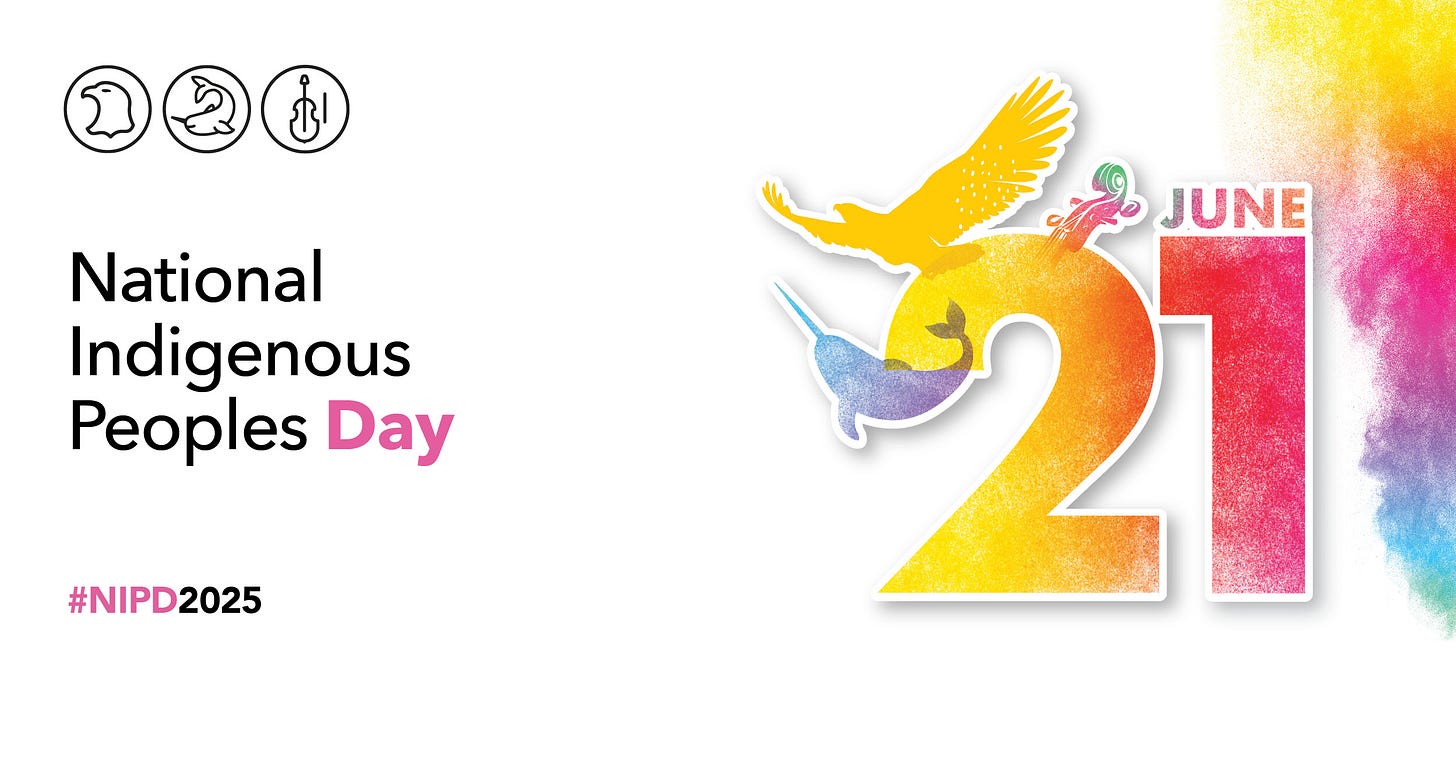Each year on June 21, Canadians are invited to pause and reflect—to recognize, honour, and celebrate the diverse histories, languages, cultures, and contributions of the First Nations, Inuit, and Métis peoples who have lived on this land since time immemorial.
National Indigenous Peoples Day is not merely symbolic. It is essential.
While many Canadians live in close proximity to urban centres, many Indigenous communities are geographically distant—located on reserves, often hours from major cities. As a result, for far too many Canadians, Indigenous life, worldview, and tradition are known only through headlines or hearsay. But reconciliation demands relationship. And relationship begins with recognition, respect, and—most critically—understanding.
That is the power of June 21. It is a day set aside not for platitudes, but for presence. It is an opportunity for Canadians of all backgrounds to engage—not just with history, but with living cultures, living languages, and living peoples.
A Journey Rooted in Advocacy
This day has its roots in the determined advocacy of Indigenous leaders and organizations.
In 1982, the National Indian Brotherhood (now the Assembly of First Nations) called for a National Aboriginal Solidarity Day.
In 1995, the Sacred Assembly, chaired by Cree leader and MP Elijah Harper, urged Canadians to adopt a national day of recognition.
That same year, the Royal Commission on Aboriginal Peoples recommended the establishment of a National First Peoples Day.
These calls were answered in 1996 when Governor General Roméo LeBlanc proclaimed June 21 as National Aboriginal Day. The date—summer solstice—was chosen with care. For generations, Indigenous peoples have celebrated the solstice as a time of renewal and ceremony.
In 2017, the name was officially changed to National Indigenous Peoples Day—reflecting a broader and more inclusive understanding of identity, representation, and reconciliation.
What Can You Do?
Commemorating this day meaningfully does not require elaborate ceremony. It requires openness.
Here are a few ways to engage:
🔸 Attend a local Indigenous event or celebration. Whether it’s a powwow, a Métis jigging demonstration, or an Inuit throat singing performance, show up with your heart open.
🔸 Invite an Elder or Knowledge Keeper to speak to your school, workplace, or organization. Their stories carry wisdom that spans generations.
🔸 Read the Truth and Reconciliation Commission’s Calls to Action. Ask yourself: what steps can I take to live up to them?
🔸 Educate yourself through books and voices that challenge and inspire.
Here are three that I recommend without hesitation:
Iskoces Tipiskak: A Spark in the Dark by John Langan – a powerful memoir that illuminates trauma, healing, and the journey forward.
True Reconciliation by Jody Wilson-Raybould – a pragmatic and hopeful guide to moving from words to action.
Who We Are: Four Questions for a Life and a Nation by the late Honourable Murray Sinclair – a profound reflection on identity, justice, and the unfinished work of reconciliation.
A Call to Conscience
National Indigenous Peoples Day is not a box to be checked. It is a call to conscience. A reminder that Canada’s strength is found not in forgetting our past but in facing it. That the road to reconciliation is not paved with apologies alone, but with understanding, respect, and action.
Let us listen. Let us learn. Let us honour.
And above all, let us walk together—on this day, and every day thereafter.





